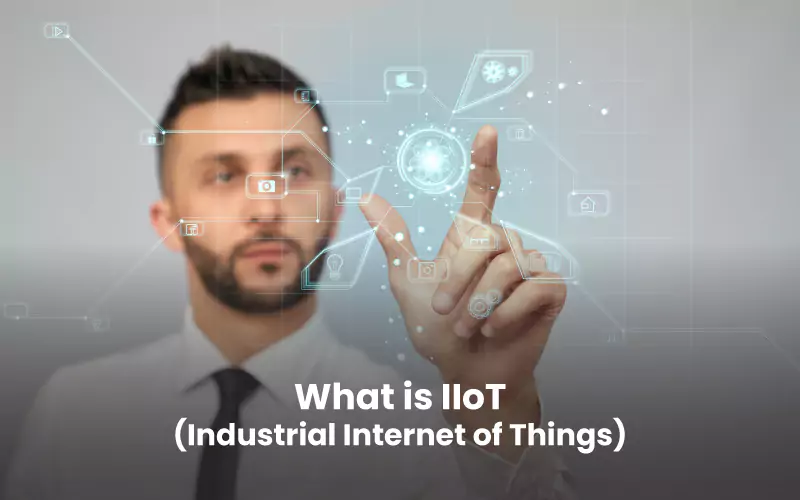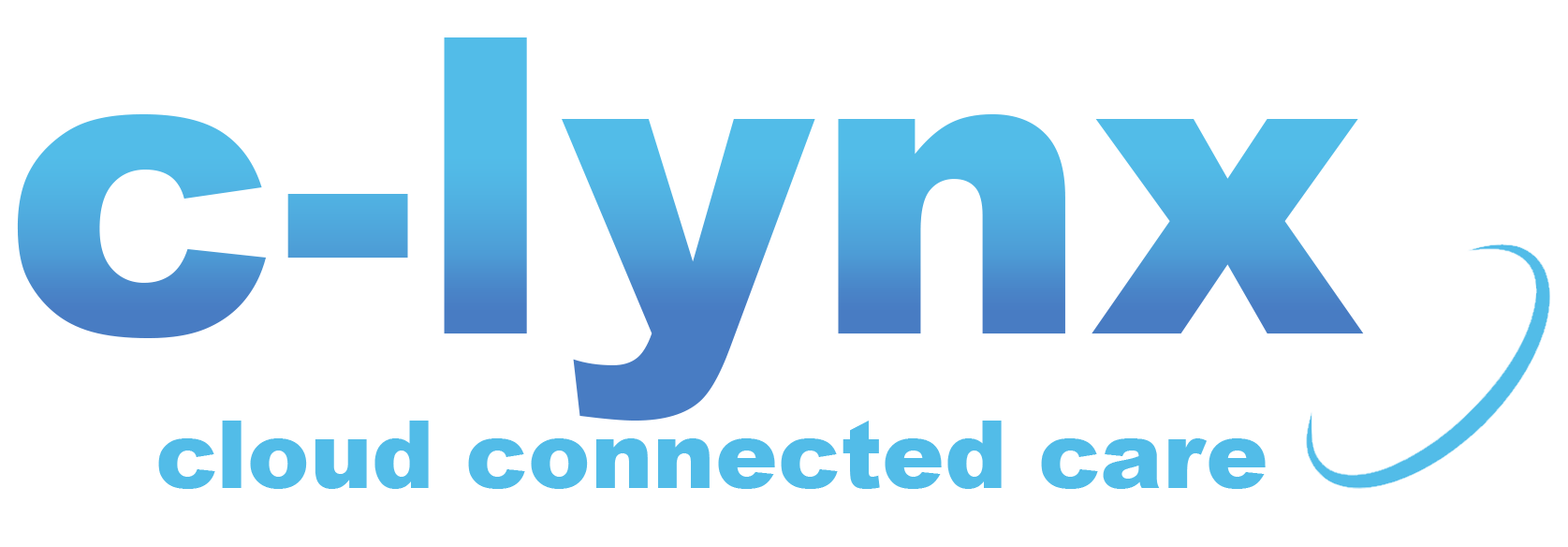What is IIoT(Industrial Internet of Things)

Introduction to IIoT
IIoT stands for Industrial Internet of Things, which refers to the use of IoT technologies and devices in industrial settings such as manufacturing plants, factories, and power plants. IIoT involves the integration of physical and digital systems to improve industrial efficiency, productivity, and safety.
IIoT relies on a network of interconnected devices, sensors, and machines that can communicate with each other and transmit data over the internet. This data can then be analyzed using AI and ML algorithms to provide insights that can help organizations optimize their operations, reduce downtime, and improve safety.
IIoT Components
IIoT involves several components that work together to enable its functionalities:
- Devices: These are physical objects such as sensors, machines, and controllers that can be connected to the internet to transmit data.
- Networks: IIoT networks can be wired or wireless and can connect devices to each other and to cloud-based systems.
- Cloud-based systems: These are platforms that provide storage, processing, and analysis of data collected from IIoT devices.
- Analytics: IIoT data can be analyzed using AI and ML algorithms to provide insights that can help optimize operations, predict equipment failure, and improve safety.
- Applications: IIoT applications can be used to monitor and control industrial operations in real-time, enabling quick decision-making and corrective action.
IIoT Benefits
IIoT offers several benefits to industrial organizations, including:
- Improved efficiency: IIoT can provide real-time insights into industrial operations, allowing for optimization of processes and increased efficiency.
- Predictive maintenance: IIoT sensors can monitor equipment in real-time and predict when maintenance will be needed, reducing downtime and maintenance costs.
- Quality control: IIoT sensors can monitor the production process and detect defects in products, allowing for immediate corrective action.
- Energy management: IIoT sensors can monitor energy usage in real-time and help organizations optimize their energy consumption, reducing costs and improving sustainability.
- Supply chain management: IIoT sensors can track the location and condition of products and materials in real-time, allowing for greater visibility and control over the supply chain.
IIoT Challenges
Despite the benefits of IIoT, there are also several challenges that organizations must address, including:
- Data security: IIoT involves the collection and transmission of sensitive data, which must be protected against cyber threats.
- Interoperability: IIoT involves multiple devices and systems, which may use different protocols and standards, making it challenging to ensure seamless interoperability.
- Data privacy: IIoT data can contain personal and confidential information that must be protected in accordance with regulations such as GDPR.
- Scalability: IIoT involves large volumes of data that must be processed and analyzed in real-time, which requires scalable infrastructure and computing resources.
IIoT Use Cases
IIoT has several use cases across various industries, including:
- Manufacturing: IIoT can be used to optimize production processes, reduce downtime, and improve quality control.
- Energy and utilities: IIoT can be used to monitor energy consumption, optimize energy usage, and reduce costs.
- Transportation: IIoT can be used to track the location and condition of vehicles and optimize logistics and supply chain management.
Future of IIoT
The future of IIoT looks promising, with more organizations adopting IIoT technologies to improve their operations. As IIoT evolves, we can expect to see new use cases and applications emerge, as well as improvements in data security, privacy, and interoperability.
IIoT is a powerful technology that has the potential to transform industrial operations by providing real-time insights and optimization opportunities that were previously unavailable. However, it also poses challenges related to data security, privacy, and interoperability, which must be carefully managed to realize its full potential. By overcoming these challenges and leveraging IIoT technologies effectively, organizations can improve their efficiency, productivity, and safety, and gain a competitive advantage in the marketplace.





